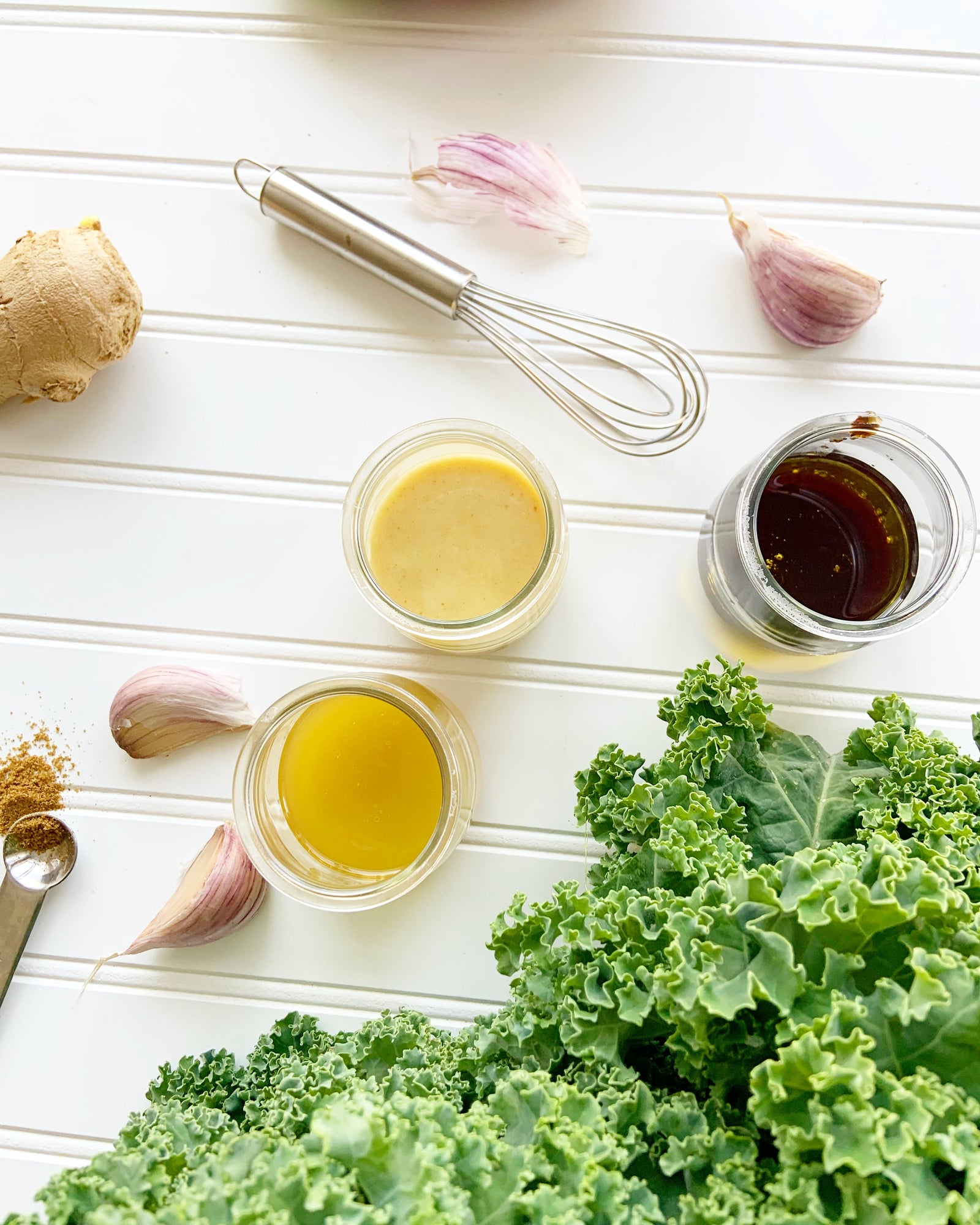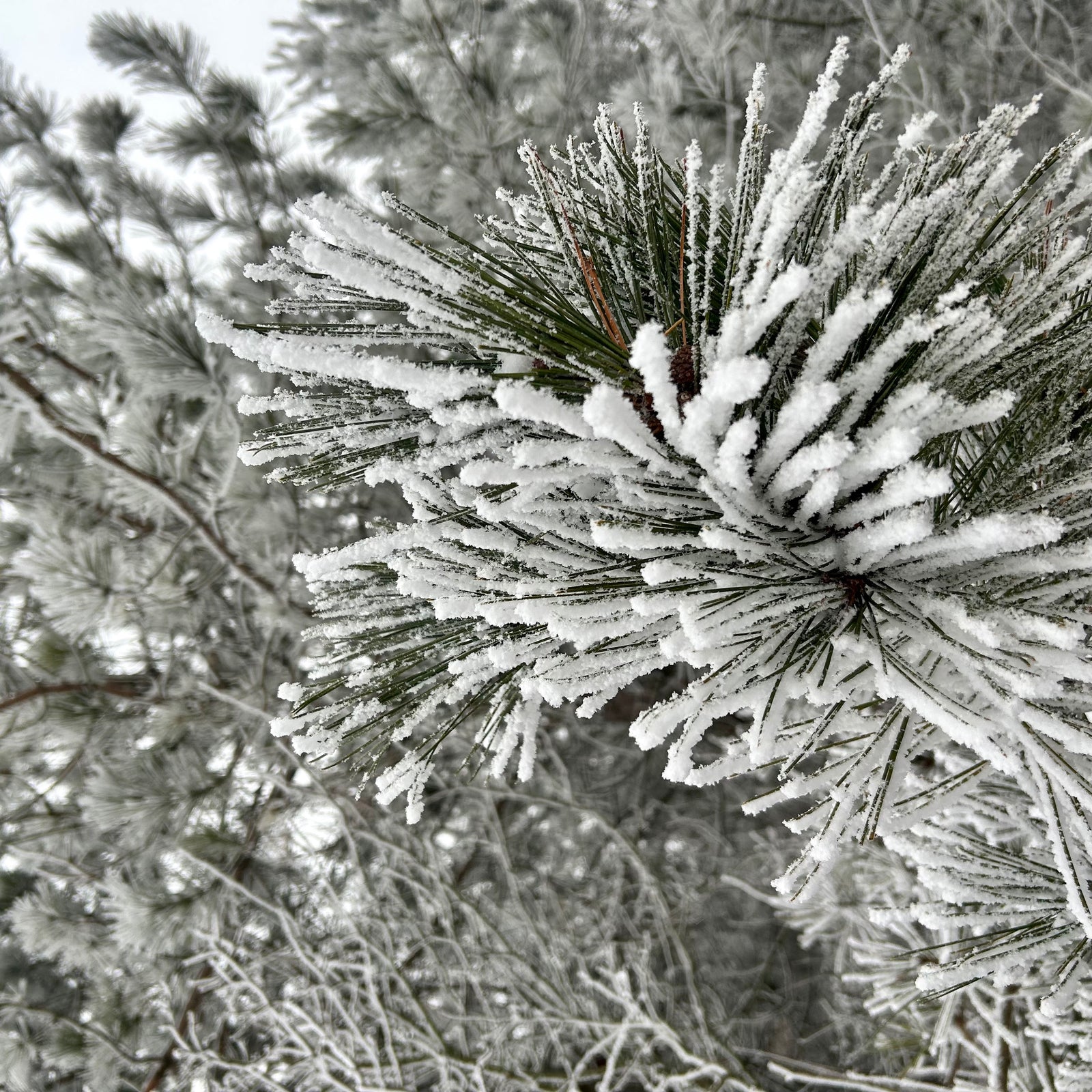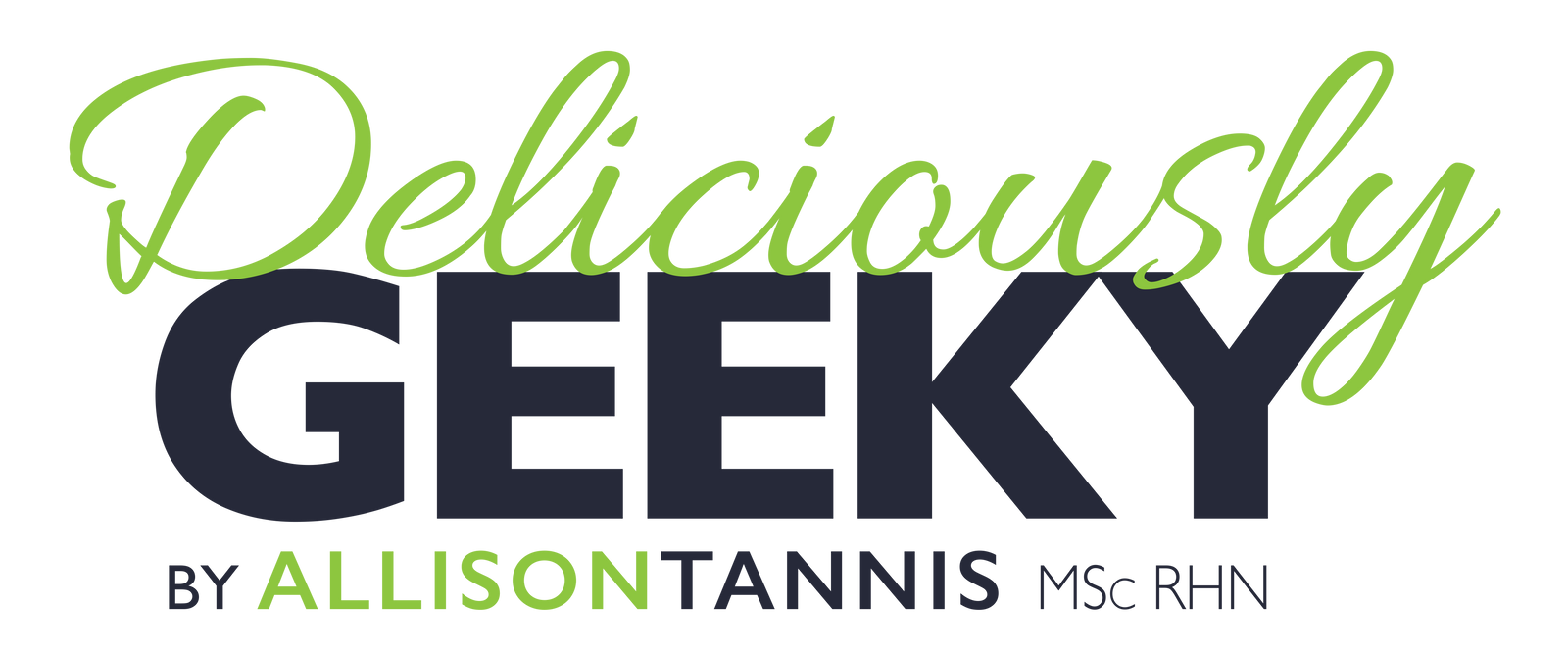Creating a delicious lunch box can be quite a challenge. With these lunchbox hacks, you’ll quickly be whipping up planet-friendly, easy, healthy lunch ideas. Our everyday food choices impact the environment. It’s time to ditch the hair-pulling challenge of making lunch with these easy lunchbox ideas that are good for us and the planet too.

1. Pick the Perfect Reusable Containers
Flimsy plastic bags lead to leaky, mushy lunches. Sturdy reusable containers create the best lunches, and they are planet-friendly too. Create a charcuterie-style lunch amongst the multiple sections found in many reusable metal lunchbox containers – perfect for young or picky eaters, and big kids too. You can avoid soggy lettuce in your salad by packing the salad dressing in a separate screw topped container.
2. Consider Sustainable Seafood as a Nutrient-Dense, Planet-Friendly Protein
Why seafood? A healthy choice for you and the planet, seafood is naturally a good source of protein and omega-3 fatty acids, with a low climate impact making it a great option for easy, healthy lunch ideas for kids and parents too. Looking for sustainable seafood is easy - check for the MSC blue fish label while shopping to know that your seafood is fully verified certified-sustainable and wild-caught.
Don’t toss tuna sandwiches overboard! Add them to your lunchbox with a ‘fin’tastic makeover (see recipe below). It’s a colourful, fresh, and new take on the classic lunch that includes a lot of healthy plants! (This isn’t your old-fashioned tuna sandwich).
Add more easy, healthy lunch ideas into the mix with surimi. Its long shape and sturdiness make this imitation crab a ‘claw’some finger food in a charcuterie-style lunch box, or delicious protein addition to fresh spring rolls with slices of carrots, cucumbers, and bell peppers in rice paper.
3. Include Plant-Based Items
Put more plants in your lunch box to improve your health and planetary health at the same time. Researchers have found that as you shift towards healthier foods, it lowers the impacts on the planet. The foods with the lowest environmental impact are some of the healthiest foods for humans, including plants and certified sustainable seafood. The foods that are the worst for human health (packaged foods, red meat, and processed meats) that account for 40% of global mortality (heart disease, type II diabetes, stroke, and cancer) are the same foods that cause the greatest environmental degradation, according to researchers.
Help your kids eat more plants in their lunch by switching the conversation from “Eat your veggies!” to “Choose your 2 favourite plants to put into your lunchbox”. Veggies you can eat with your fingers, fruit salads, and beans added to pasta, chili, or soup are all fun easy, planet-friendly ways to add more plant-based items to your lunchbox.
4. Choose Local and/or Organic Fruits and Veggies with Lunchbox Power
By choosing local and/or organic fruits and veggies whenever possible, you can further reduce your impact on the planet and create a more planet-friendly lunchbox. As for the best fruits and veggies to put in a lunchbox, think fun, tough, and colourful. Ditch the mushy bananas, the worst offenders of the lunch box blues. Reach for fruits and veggies with lunchbox power instead.
The 8 Best Fruits and Veggies for a Fun Lunchbox
- Grapes (remove from stems)
- Plums
- Pineapple sticks (slice lengthwise)
- Baby carrots
- Cauliflower popcorn (cut into small pieces)
- Baby bell peppers (rainbow of colours)
- Cucumber slices (use cookie cutters to make shapes)
- Sweet cherry tomatoes
5. Plan Ahead (Avoid Food Waste)
Consider tomorrow’s lunch box when making dinner – be more sustainable and don’t throw leftovers out. Supper leftovers are a delicious, easy, and healthy lunch idea. If repetitive meals aren’t a hit in your house, get creative with parts of the dinner: leftover noodles with chopped veggies and a can of wild-caught, certified sustainable seafood quickly creates a healthy, planet-friendly lunch for tomorrow. Be sure to pack it in a thermos to help keep it cool. Opt for an insulated lunch box and toss in a reusable ice pack to help prevent food from getting hot and going to waste. Most importantly, to avoid food waste ask your kids what they want in their lunch boxes (better yet, have them help pack their lunches). Kids are more likely to gobble up the food in their lunches if they love it!
A Better Lunch for a Better Future
With each choice we make, no matter how small, we can make a big impact on our planet’s health and future. Join me in choosing to make planet-friendly lunches, that include foods with lower carbon footprints. Look for the MSC blue fish label while shopping – it’s an easy solution for identifying certified sustainable seafood so that you know your seafood is good for the ocean too. Hope you enjoy less chaotic mornings with these easy healthy lunch ideas.
Lunch Box Recipe: Easy, Healthy, Planet-Friendly Tuna Sandwich
Ingredients:
- 2 slices of grainy bread
- ½ cup of crispy sprouts or lettuce
- ½ cup of diced bell peppers, a variety of colours
- 1 can of MSC certified sustainable Raincoast Trading Wild Skipjack Tuna (no added salt)
- 1 thinly sliced green onion
- ½ of a carrot, shredded
- Slice of tomato (omit if sending in a lunchbox)
- 1 tbsp olive oil
- Juice from ½ a lemon
- 1 tsp Dijon mustard
Directions:
In a bowl, combine tuna, olive oil, lemon, and Dijon mustard. Mix until well combined. Add in chopped veggies. Spoon tuna mixture onto one slice of bread. Top with sprouts and optional tomato. Top the sandwich with a second slice of bread. Cut in half, and enjoy – or, pack snuggly in a reusable container with an ice pack to take in a lunchbox.
About MSC
MSC is a global, science-based, non-profit dedicated to ending overfishing and keeping oceans healthy so they provide a healthy, low-carbon source of food for us all. Check for the MSC blue fish label while shopping to know that your seafood is fully verified, certified sustainable, and wild-caught.
This post is sponsored by the Marine Stewardship Council of Canada.
To join the growing #FeelGoodSeafood community, follow @MSCBlueFish.
Click here for more information about how the MSC blue fish label is a simple solution for easily identifying certified sustainable seafood.
References
Assessing seafood nutritional diversity together with climate impacts informs more comprehensive dietary advice. Comm Earth & Envir 2022 Sept 8 3 (188).
Seafood consumption and components for health. Glob J Health Sc 2012 May; 4(3): 72-86.
Significance of nutritional value of fish for human health. Malay J Hal Res 2019 Nov; 2(2):32-34.
Also in Blog

The Microbiome Diet: Gut Health, the Human Microbiome and Your Health
Your guide to the human microbiome, with insights into the Microbiome Diet, and whether it can improve your health, including indigestion.

Why Can't I Sleep: Your Guide to Better Sleep



